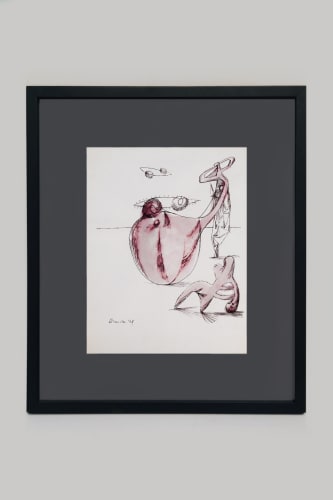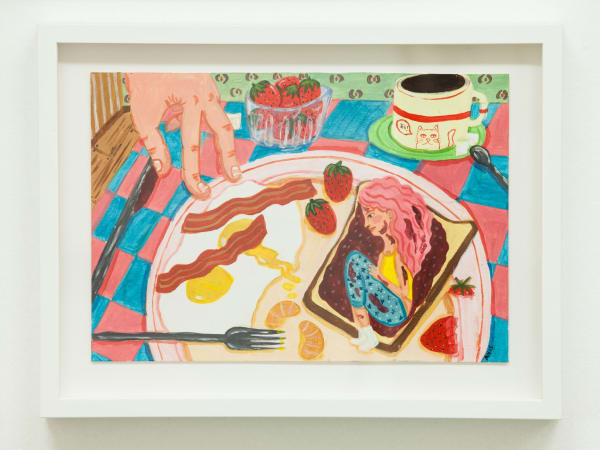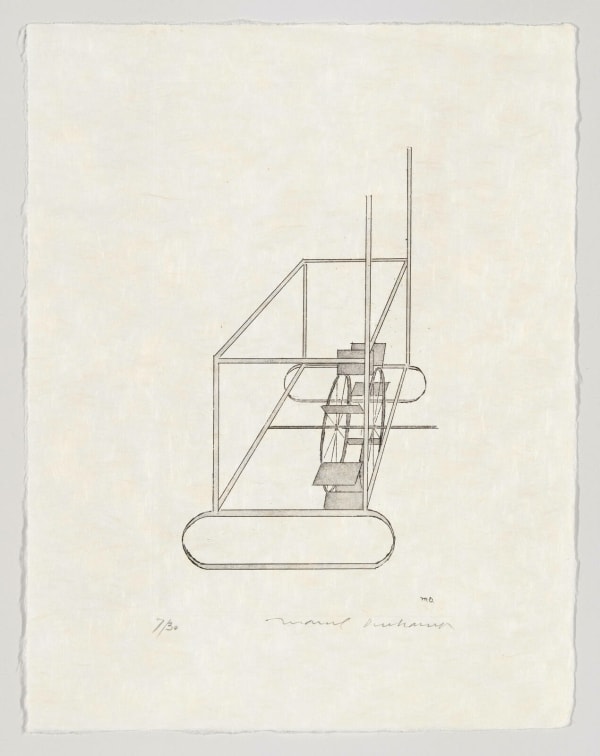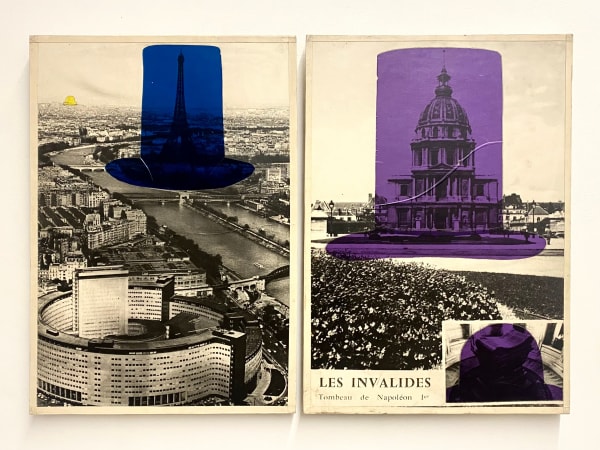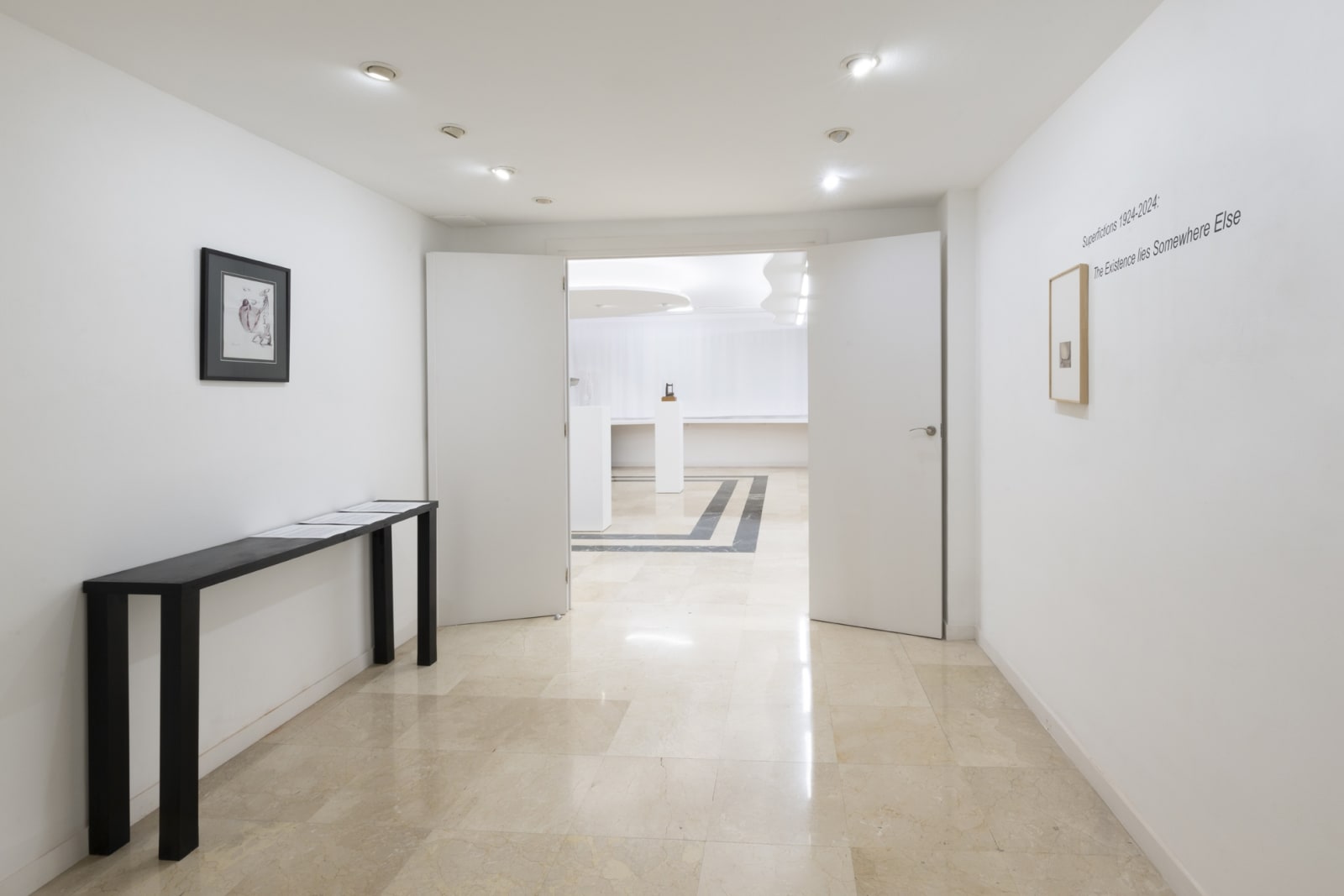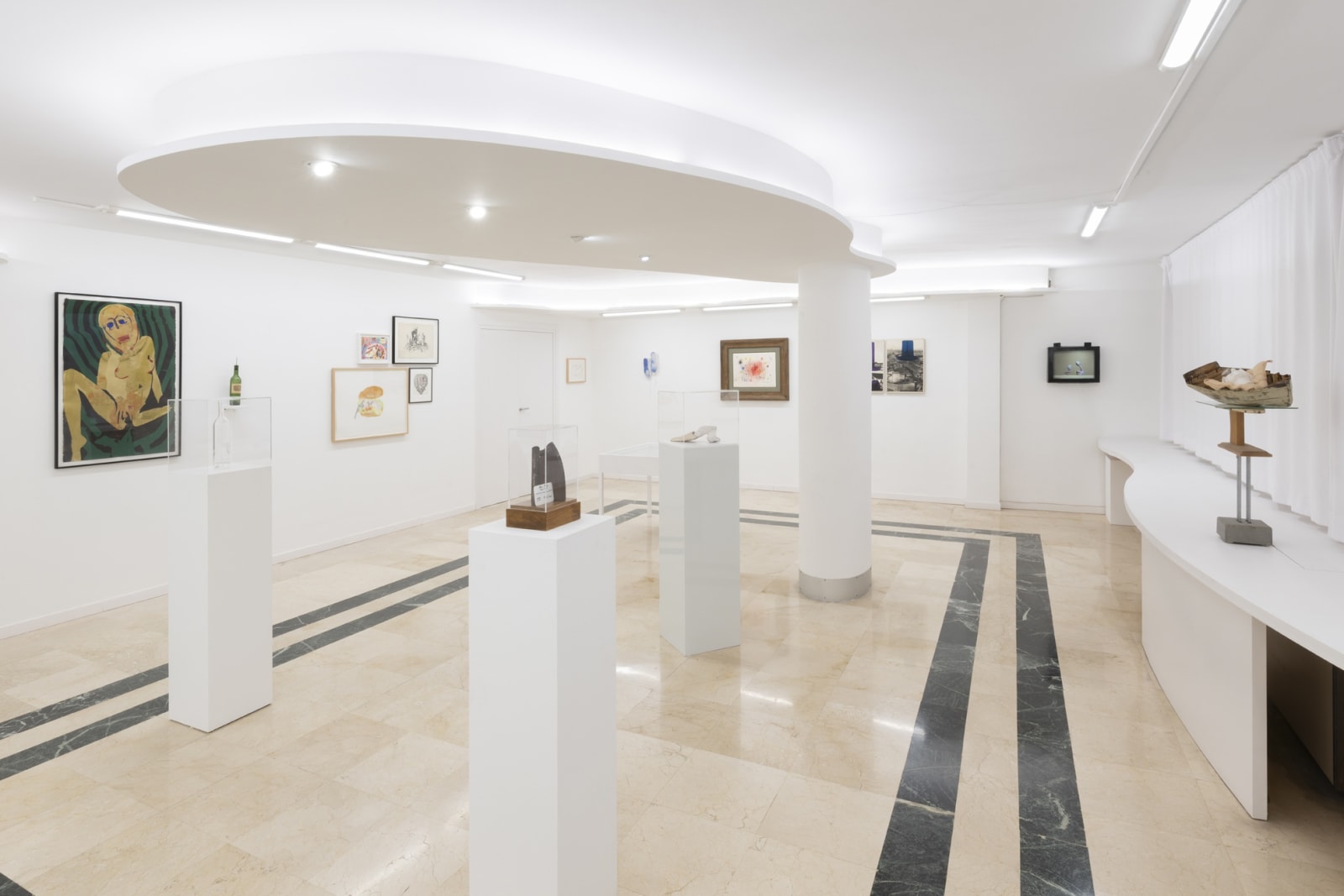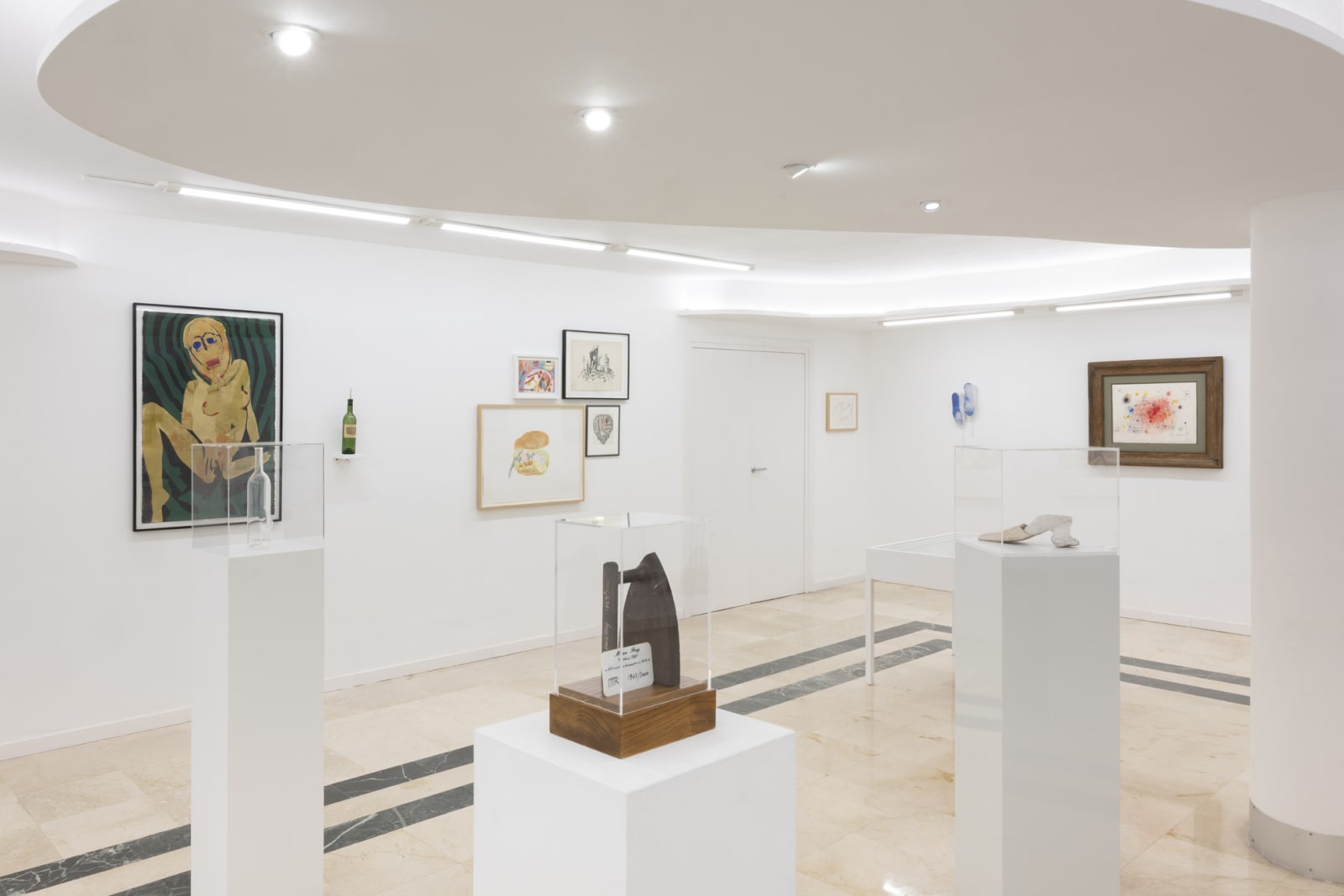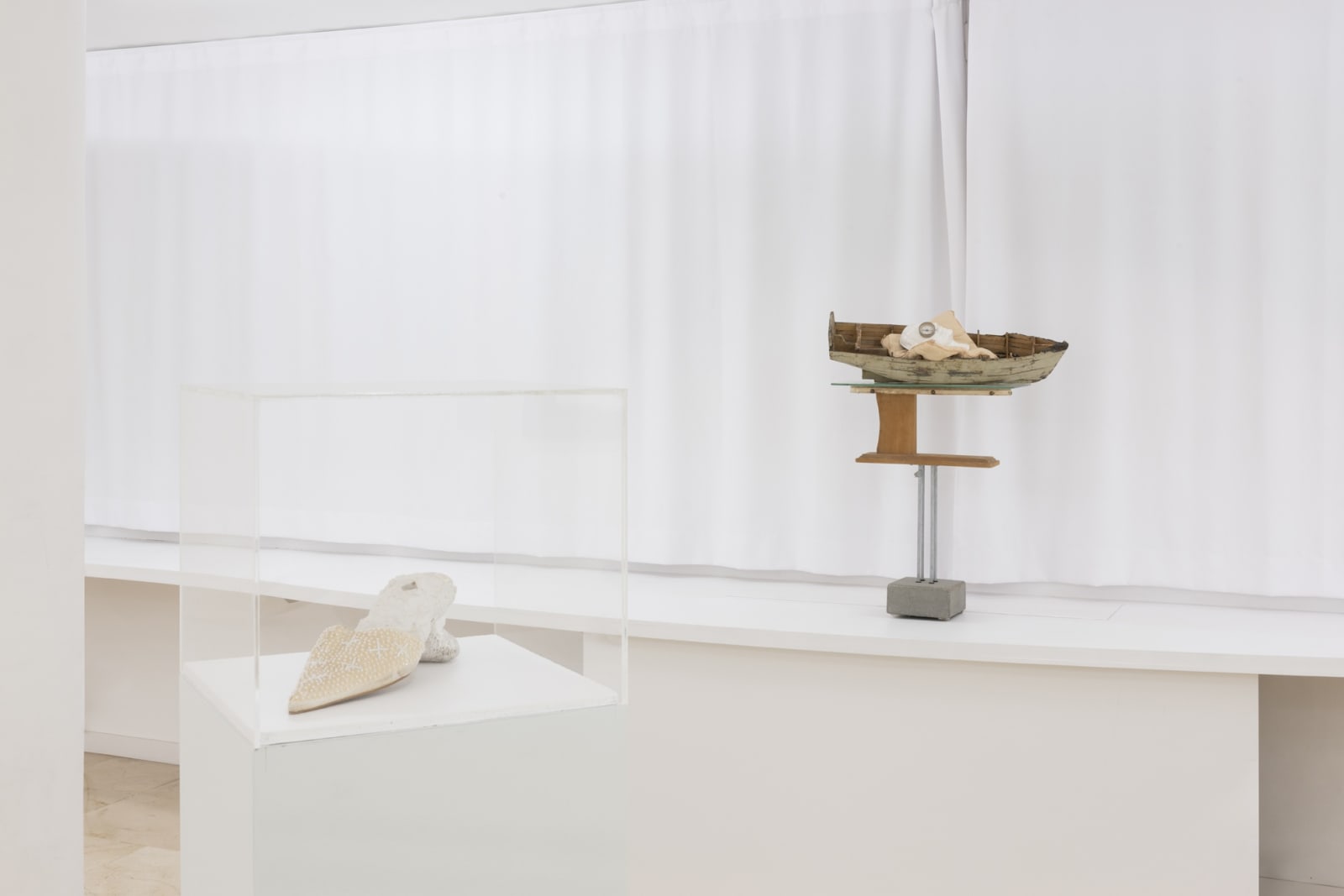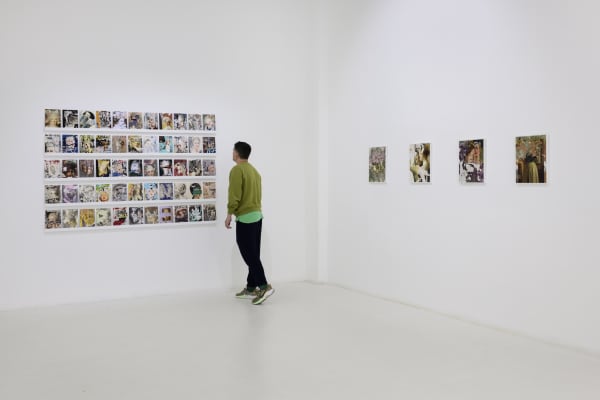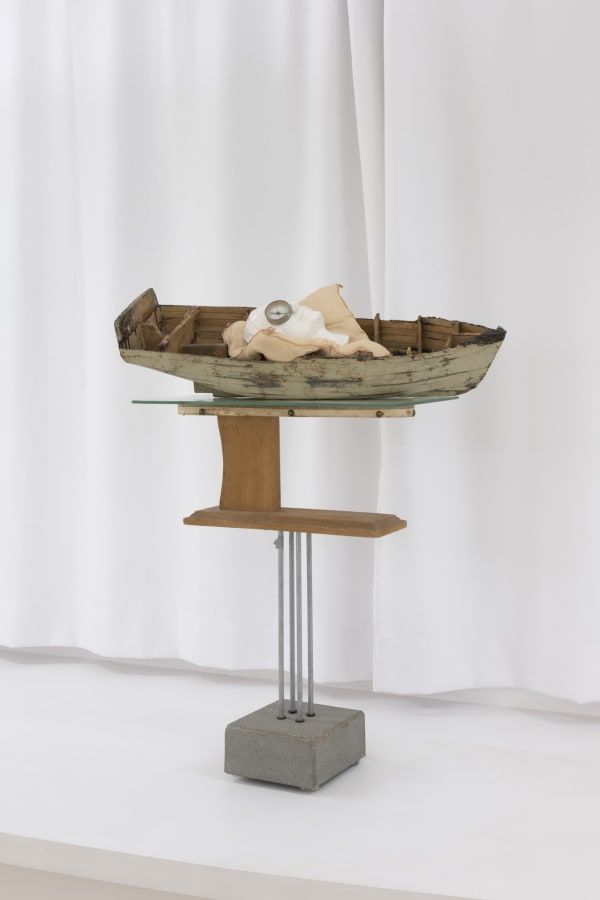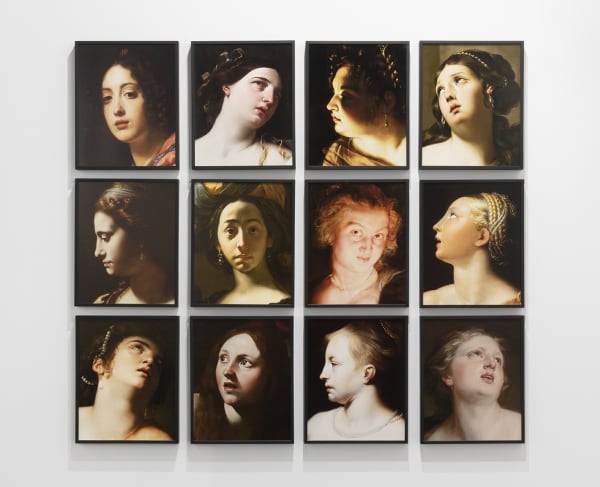George Brecht · Corneille · Fábio Colaço · Marcel Duchamp · Dalí · Merike Estna · Jean Gourmelin · Enric Farrés Duran · Robert Filliou · Kendell Geers · Alejandra Hernández · Maurice Henry · Margaret Harrison · Marcel Jean · Dora Maar · Josep Maynou · Miró · Antonio Ortega · Carlos Pazos · Wilfredo Prieto · Man Ray · Rosa Tharrats
As in any volcanic phenomenon, and the sur-réalisme was and even today we continue to breathe its sulphurous gases, although somewhat more innocuous after the dilutions from the mass culture, it had gone from the phase of dormancy to the phase of sporadic seismic activity, until entering in 1924 in vesuvian eruption, the most explosive. In the Belle Époque we had Alfred Jarry, later Dada and his Cabaret Voltaire in Zurich until Tzara made an impact as a catalytic element in the rive gauche, received by Breton and the circle that had been gestated in the Café Flore, abducted among other intellectual adventures by the wonderful Les Chants de Maldoror of the Count of Lautréamont and the poetry of Rimbaud.
The war of 1914 had an impact on everyone, took away the prosperity of the Belle Époque and definitively politicized artistic and intellectual circles. When the Great War broke out, Montparnasse was the center of the avant-garde around Picasso, Modigliani, Apollinaire, Cocteau, Duchamp, who had been living there since October 1913, Man Ray and so many others who would arrive attracted by the life of the cafés, the magnetism of the studios, and the generously watered nights. The hell of a global war, which had mobilized 70 million combatants, froze almost everything; some he had thrown into the horror of the trenches and others into the generalized ontological collapse that took millions of human beings and would ruin an entire generation.
Another of the epochal earthquakes, this one much less patriotic and deadly, was the psychologization of practically all intellectual aspects since The Interpretation of Dreams, published in 1900, became popular. Some examples: Eros and Thanatos; the principle of nirvana or non-existence from the studies in Beyond the Pleasure Principle, as well as the neurotization of sexuality relating it to concepts such as incest, perversion and mental disorders. The furnace that would allow the amalgamation of external reality and the dream experience as a utopian promise that manifested itself in a language and plastic resources that smelled of desire and the future was being heated.
Jazz became popular coinciding with the armistice. The sound that emerged from the cellars of Montparnasse was identified with the impulse to improvise, which Apollinaire had located in painting as l'esprit nouveau and which he had called sur-réalisme. Between all this intellectual breeding ground and the background radiation of the Great War, a libertarian hope is brewing. The radical critique of the social order that had been reviled by Dadaism intensified with the Surrealists. Their vision of bourgeois cultural politics, based on rational thought, was not up to the human experience that the times required. To a greater or lesser extent, and despite the undeniable mutations that have occurred in the last hundred years, their demands continue to resemble ours.
It is that spirit of freedom that continues to appeal to us and that we consider to be detached from the iconography and visée créative of the pieces that make up this exhibition. More than an anniversary, we intend to vindicate a legacy without which it would be difficult to apprehend many of the most current practices. Or at least, of those that have not fallen into the cryptic temptation of remaining indigestible in order to supposedly avoid being absorbed by the consumerist flow. Obviously, here we call for a concept of freedom "liberated" from the programming of neoliberal behaviors, under the name of flexibility and autonomy, or from the one that liberal governance gives to individuals. And now it is beginning to seem that it is going to be very difficult for us to regain hope in progress and imagine other futures. Perhaps Breton's conclusion for his first Manifesto should still seem pertinent to us: "To live and to let live are imaginary solutions. The existence lays somewhere else."
-
 Corneille, Sans titre, 1948
Corneille, Sans titre, 1948 -
 Dora Maar, Sans Titre, c. 1960
Dora Maar, Sans Titre, c. 1960 -
 Josep Maynou, Bxng, 2012
Josep Maynou, Bxng, 2012 -
 Abdelkader Benchamma, Theater (From God to Mud), 2009
Abdelkader Benchamma, Theater (From God to Mud), 2009 -
 Ben Patterson, A nose for a wine, 1996
Ben Patterson, A nose for a wine, 1996 -
 Marcel Jean, Sans titre , 1936
Marcel Jean, Sans titre , 1936 -
 George Brecht, The Bottle Bottle-Opener , 1966-1980
George Brecht, The Bottle Bottle-Opener , 1966-1980 -
 Jean Gourmelin, Le Radeau de la Méduse, 1960
Jean Gourmelin, Le Radeau de la Méduse, 1960 -
 Alejandra Hernández, Breakfast, 2015
Alejandra Hernández, Breakfast, 2015 -
 Enric Farrés Duran, A good Display, 2018
Enric Farrés Duran, A good Display, 2018 -
 Margaret Harrison, Good enough to eat (4), 1971
Margaret Harrison, Good enough to eat (4), 1971 -
 Antonio Ortega, Resignation und furtch, 2003
Antonio Ortega, Resignation und furtch, 2003 -
 Joan Miró, Sans titre, 1960
Joan Miró, Sans titre, 1960 -
 Man Ray, Cadeau, 1921
Man Ray, Cadeau, 1921 -
 Marcel Duchamp, The bride. The Large Glass and Related Works series, 1965-66
Marcel Duchamp, The bride. The Large Glass and Related Works series, 1965-66 -
 Marcel Duchamp, The Chocolate Grinder and the Scissors. The Large Glass and Related Works series, 1965-66
Marcel Duchamp, The Chocolate Grinder and the Scissors. The Large Glass and Related Works series, 1965-66 -
 Marcel Duchamp, The Oculist Witness. The Large Glass and Related Works series, 1965-66
Marcel Duchamp, The Oculist Witness. The Large Glass and Related Works series, 1965-66 -
 Marcel Duchamp, The Water Mill. The Large Glass and Related Works series, 1965-66
Marcel Duchamp, The Water Mill. The Large Glass and Related Works series, 1965-66 -
 Margaret Harrison, What have you done to My Heart?, 1971
Margaret Harrison, What have you done to My Heart?, 1971 -
 Maurice Henry, Untitled, 1971
Maurice Henry, Untitled, 1971 -
 Merike Estna, Looking throght someboy´s else eyes, 2008
Merike Estna, Looking throght someboy´s else eyes, 2008 -
 Merike Estna, Looking throght someboy´s else eyes, 2008
Merike Estna, Looking throght someboy´s else eyes, 2008 -
 Robert Filliou, Galerie Legitime - Couvre chef(s) d'oeuvre(s), 1968
Robert Filliou, Galerie Legitime - Couvre chef(s) d'oeuvre(s), 1968 -
 Fábio Colaço, God Shoes #10, 2024
Fábio Colaço, God Shoes #10, 2024 -
 Rosa Tharrats, Les anèmones. Sabata, 2020
Rosa Tharrats, Les anèmones. Sabata, 2020 -
 Kendell Geers, Confessions of the Flesh: 7682, 2019
Kendell Geers, Confessions of the Flesh: 7682, 2019 -
 Carlos Pazos, Una travesia de Lágrimas (Pieza romántica), 2013
Carlos Pazos, Una travesia de Lágrimas (Pieza romántica), 2013

